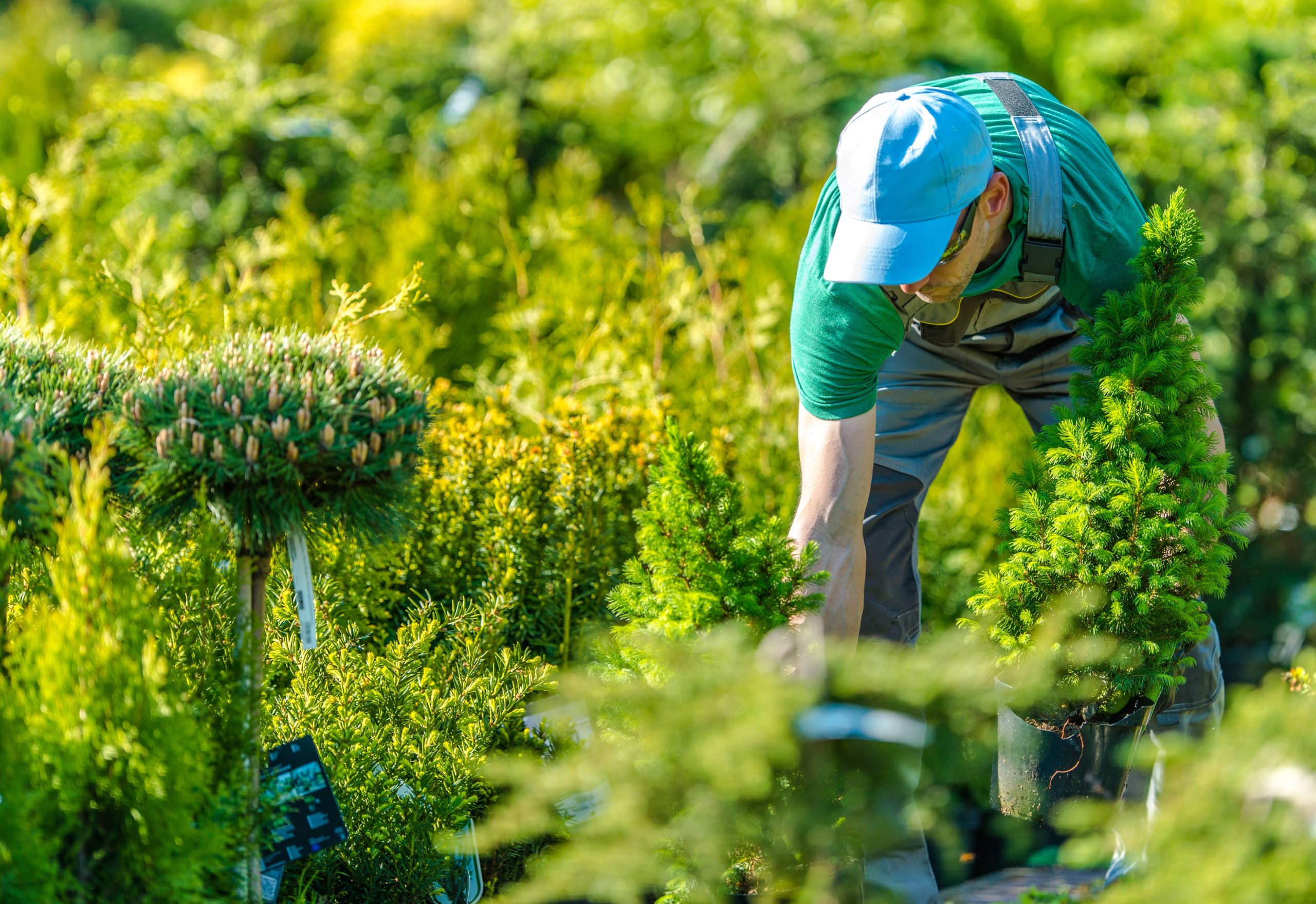
As a gardening enthusiast, you’ve likely admired vibrant, lush bouquets at the local farmer’s market or the florist’s shop. But imagine the satisfaction and delight of stepping into your own backyard to cut fresh flowers whenever you please. Cultivating a personal cut flower garden is not only achievable for experienced gardeners but also for novices. With careful planning and some useful tips, you can create a floral oasis that supplies you year-round with stunning blooms.
Understanding Your Space and Climate
Before you start planting, it’s crucial to evaluate the space you have available and understand your local climate. This knowledge will help you select the right types of flowers and design a garden that thrives.
1. Evaluate Your Space
Whether you have a sprawling backyard or a compact city garden, space consideration is key. Note the amount of sunlight each section of your garden receives. Most cut flowers prefer full sun, meaning they require at least six hours of direct sunlight per day. If your space is limited, consider vertical gardening or utilizing container gardens to maximize your planting potential.
2. Know Your Climate Zone
Familiarize yourself with your USDA hardiness zone or local climate patterns. This will guide you in selecting flowers that are well-suited to your environment. Using plants that are native or adapted to your climate will increase your chances of success and reduce the need for excessive watering or pest control.
Designing Your Garden Layout
Now that you have a clear understanding of your space and climate, it’s time to move on to planning your garden layout.
3. Choose a Variety of Flowers
Diversity is key in a cut flower garden. Aim to plant a mix of perennials, annuals, and biennials. Perennials will return year after year, providing a reliable source of blooms, while annuals offer vibrant, seasonal color. Consider flowers like zinnias, sunflowers, dahlias, and cosmos that are known for their plentiful and beautiful blooms.
4. Plan for Succession Planting
To enjoy blooms throughout the growing season, use succession planting techniques. This involves staggering the planting times of different flower varieties so that as one batch fades, another blooms. For example, plant early spring bloomers like daffodils and tulips alongside summer stunners like coneflowers and snapdragons.
5. Incorporate Foliage and Texture
Don’t focus solely on flowers. Interesting foliage and textures from plants like eucalyptus, ornamental grasses, and rosemary can add depth and contrast to bouquets. The variety will enrich your floral arrangements and provide a dynamic landscape.
Preparing the Soil and Planting
Healthy soil equals healthy plants. Proper preparation of your garden bed is a crucial step in cultivating a thriving cut flower garden.
6. Test and Amend Your Soil
Before planting, conduct a soil test to determine its pH level and nutrient content. Most flowers prefer a slightly acidic to neutral soil (pH 6.0-7.0). Based on the test results, amend your soil with organic matter, such as compost, to improve its structure and fertility.
7. Practice Companion Planting
Companion planting involves growing certain plants together to benefit one or both species. It can help manage pests and improve growth. For instance, marigolds can deter harmful insects, while planting flowers near vegetables can attract pollinators like bees and butterflies.
Maintaining Your Flower Garden
Once your garden is planted, ongoing maintenance is crucial for continuous blooming.
8. Water Wisely
Consistency is key when it comes to watering your flowers. Most flowers require about an inch of water weekly. Water deeply rather than frequently to encourage strong root systems. Implementing drip irrigation or soaker hoses can help minimize water waste and reduce the likelihood of fungal diseases.
9. Fertilize Regularly
Provide nutrients to your flowers by applying a balanced, slow-release fertilizer a few times throughout the growing season. Be mindful not to over-fertilize, which can lead to lush foliage but fewer blooms.
10. Control Weeds and Pests
Regularly check for weeds and remove them promptly, as they compete with your flowers for resources. Implement natural pest control methods, such as introducing beneficial insects (ladybugs, for instance) or using organic sprays like neem oil to manage aphid infestations.
Harvesting and Arranging Your Flowers
The highlight of a cut flower garden is surely cutting and arranging your beautiful blooms for display.
11. Harvest at the Right Time
Cut your flowers early in the morning or late in the evening when temperatures are cooler. Select flowers that are just starting to open, except for peonies and roses, which benefit from being more fully opened. Use clean, sharp scissors or pruners to make clean cuts, and immediately place the stems in a bucket of water.
12. Condition Flowers for Longevity
Before arranging, condition your flowers to extend their vase life. Recut the stems under water at a 45-degree angle, remove any leaves that will be submerged, and place them in fresh water with floral preservative.
A personal cut flower garden is a delightful way to bring the outdoors into your home regularly. By following these steps, you can embark on your gardening journey confidently and watch as your garden blooms brilliantly throughout the season. With patience and practice, you’ll develop an understanding of your flowers’ needs, ensuring your blooms are bountiful and your arrangements breathtaking. Happy gardening!













